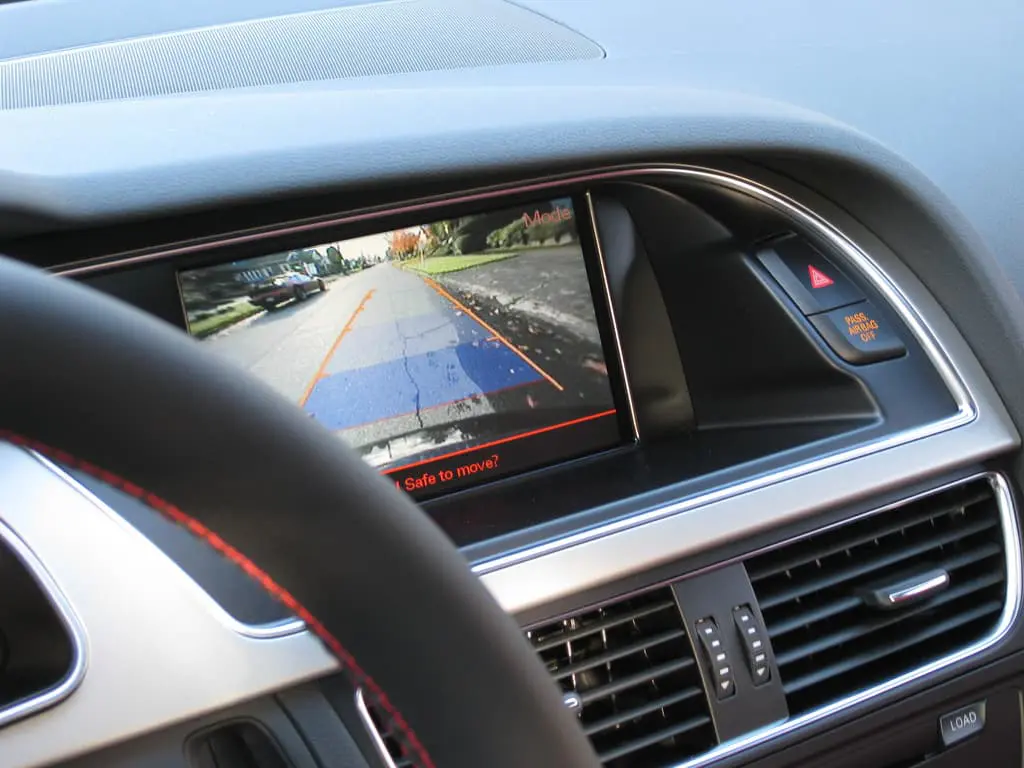
But Why?
Sensors – such as cameras – that feed information to computers in semi-autonomous vehicles “are only effective when they are located in areas, like the side mirrors, that may be prone to damage, even from minor collisions,” Kovacs wrote.
Addressing the entire vehicle safety system after an auto collision, and not just one component like a sensor, may be contributing to longer auto repair times and higher costs for insurers. “It will be more expensive to repair a vehicle with sensors and a computer than it will be to repair a vehicle without these driver assistance features,” Kovacs wrote in his paper in 2016.
The Good News
“The problem isn’t technology, it’s legislation and the whole question of responsibility that goes with these cars moving around.”, said Nissan CEO Carlos Ghosn in 2014
Over the next 10 years, conventional vehicles offered by most of the leading automakers will evolve into semi-automated vehicles with onboard sensors and computers to assist drivers. With these semi-automated vehicles, there will be fewer collisions and the potential to significantly reduce traffic fatalities and serious injuries, relative to current rates. In addition, many drivers will appreciate automated driving in stop-and-go traffic, intelligent cruise control on the highway, and parking assistance.
Seatbelts were introduced in 1959 by Volvo and didn’t become mandatory in Canada until 1991, but given the rapid increase of semi-autonomous vehicles, it appears as if provincial and federal legislators are eager to keep up. In a recent CBC article, Federal Transport Minister Marc Garneau said,”From a regulatory point of view, we are running hard to keep up with this developing technology. It is absolutely critical that we do it.”






